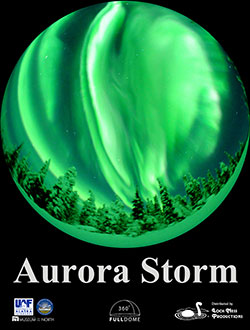It All Began with a Phone Answering Message
People ask me where we get ideas for our shows. Most of the time, such as in The Voyager Encounters or Hubble Vision 2, current events drive the creation of a fulldome show. Other times, we have been approached at meetings or in email about specific show ideas. That’s how we got Larry Cat in Space, when someone talked to us about doing a show about the Moon.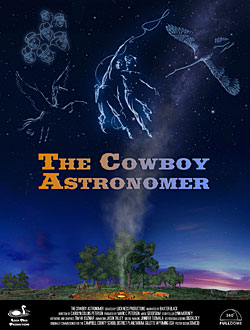
The creation of one of the most popular shows we’ve ever done, The Cowboy Astronomer, began with a phone message we got from a planetarium director in Gillette, Wyoming. He had an upcoming rodeo event in his town and wanted a show that would attract attendees. He said, in so many words, “Hey guys, it’s Nello! Let’s do a show about cowboys and the stars! Give me a call!”
And that was the very fertile seed for a show that has been giving audiences a unique look at the universe through the eyes of a cowboy since 1993. Although it began as an “old style” slide-tape show, it was converted to fulldome format in 2005 (with artistic After Effects™ help from Jason Talley, now of the St. Charles Parish Library planetarium in Luling, LA). It remains one of our most-popular presentations. We are often touched when someone comes up to us to say that they loved seeing it or running it in their theater.
Recently, we got a clipping in the mail from Paul Zeleski, current director of the Campbell County Schools Planetarium in Gillette, Wyoming. It was from the Gillette News Record about The Cowboy Astronomer, and reviewed the show, its history, and talked about Nello Williams, who is the retired director of the planetarium.
Nello’s original call set in motion a very special time for us, where our little team of creatives came up with something the planetarium world hadn’t seen before. It put me to work writing the script and consulting extensively with Nello to create our cowboy. It challenged Mark to come up with styles of music he hadn’t performed since his days gigging around as part of a country-blues-delta-funk-doowop band called The Beegle Boys. And, he worked with artist Tim Kuzniar to create the memorable scenes against which our cowboy told his tales. Tim’s charge was to recreate windswept Wyoming vistas, mountain ranches, and some new constellation outlines for some Native American star tales.
Of course, the show wouldn’t be the same without cowboy poet Baxter Black, who so personably brought our cowboy astronomer to life. I still remember standing in his ranch studio with Nello and Mark, listening to him perform the work and realizing that he was a kindred spirit who saw immediately what we were trying to do with the show.
Doing productions like this makes the job of fulldome show producer fun. You just never know when you’re going to find yourself writing about ancient medicine wheels, roping calves, husband-and-wife astronomers, and baseball diamonds in the sky, all seen through the eyes of a cowboy. That’s part of what makes The Cowboy Astronomer such a great memory for me and a continuing delight for audiences.
Kathy Brown, and her editors at the newspaper, did such a good job of telling the story of the show that we contacted them to express our thanks, and asked permission to share the article with you. They said yes, so now you can read ‘The Cowboy Astronomer’ is a timeless legacy for Wyoming, free of charge.
Thanks to all in Gillette, and once again to Nello T. Williams!

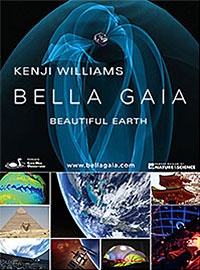
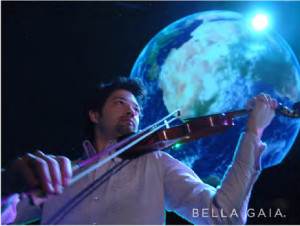
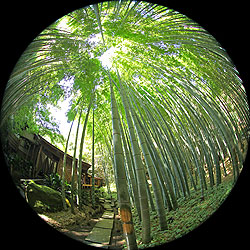 KW: It is no longer fringe science that proves that the human brain needs both the right and left brain working together to learn. Neuroscience and even trendy terms like “STEAM” prove that art needs to be part of science education. Bella Gaia engages the emotions, engages the right brain and inspires our emotional intelligence.
KW: It is no longer fringe science that proves that the human brain needs both the right and left brain working together to learn. Neuroscience and even trendy terms like “STEAM” prove that art needs to be part of science education. Bella Gaia engages the emotions, engages the right brain and inspires our emotional intelligence.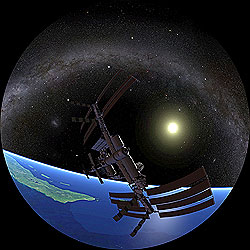 KW: The “overview effect” is a specific transformative effect that occurs when viewing the Earth from space. This life-changing experience that astronauts report leaves them with a deep sense of connection and appreciate for our home planet. All I can say is Bella Gaia has a “magic” method and formula that has had five astronauts vouching for the realism of the experience (an accurate simulation of space flight) and the NASA surveys mentioned above proved that Bella Gaia transforms people in the same way that astronauts feel after a real overview effect.
KW: The “overview effect” is a specific transformative effect that occurs when viewing the Earth from space. This life-changing experience that astronauts report leaves them with a deep sense of connection and appreciate for our home planet. All I can say is Bella Gaia has a “magic” method and formula that has had five astronauts vouching for the realism of the experience (an accurate simulation of space flight) and the NASA surveys mentioned above proved that Bella Gaia transforms people in the same way that astronauts feel after a real overview effect.